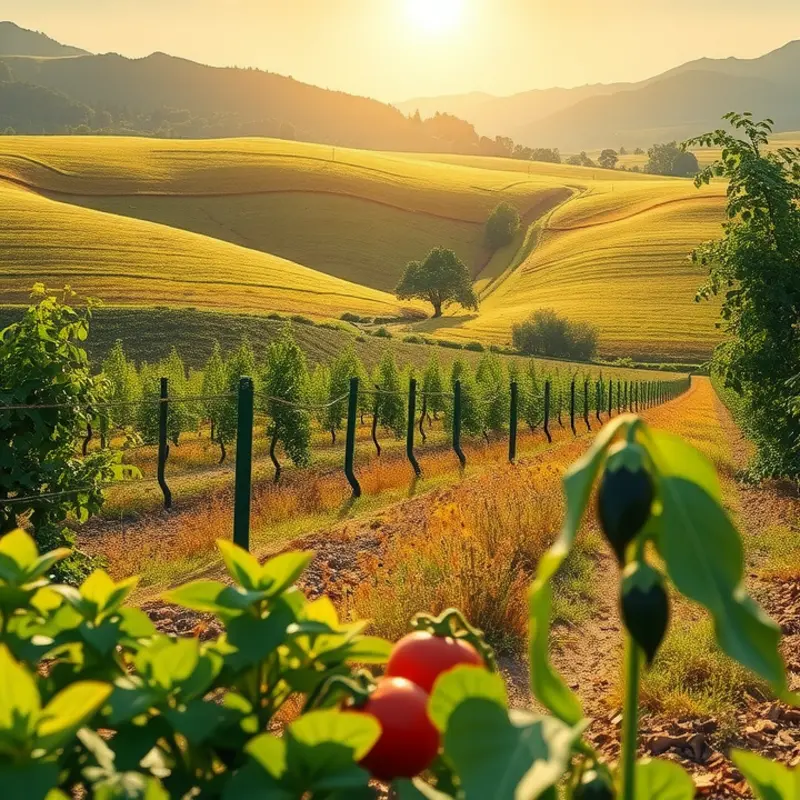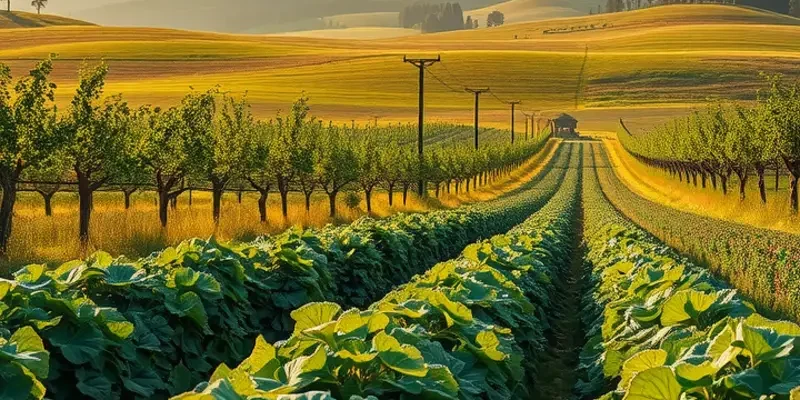Spices embody the essence of diverse cultures and cuisines across the globe. Each spice tells a story, adding depth and flavor to culinary practices that have evolved over centuries. From the vibrant bazaars of the Middle East to the bustling markets of Southeast Asia, spice markets serve as vibrant hubs of cultural exchange, craftsmanship, and history. As food enthusiasts and culturally curious travelers, let’s embark on a sensory adventure through some of the most captivating spice markets worldwide and discover the rich traditions and unique seasoning practices that define them.
The Spice Bazaars of Istanbul: A Feast for the Senses

The Spice Bazaar in Istanbul, vibrant and full of life, is one of the city’s most enchanting sights. Known in Turkish as the ‘Misir Carsisi,’ or the Egyptian Market, it dates back to the 17th century. As you wander through its arched pathways, your senses are engulfed by a kaleidoscope of colors, sounds, and aromas. Spices, herbs, and teas are meticulously arranged, showcasing their vibrant shades and enticing scents.
Istanbul’s Spice Bazaar was historically a crucial component of the Silk Road. It served as a trading hub, connecting the East and West. Merchants exchanged spices brought from far corners of the world—cinnamon from Sri Lanka, saffron from Iran, turmeric from India. These coveted spices were more than commodities; they were a symbol of wealth and luxury.
Today, the bazaar remains a testament to the rich cultural tapestry of Istanbul. Each stall offers a unique experience and story. Friendly vendors zealously share spice blends that have been passed down through generations. Among the treasures are ‘baharat,’ a mix of black pepper and allspice intricately intertwined with other aromatic spices, a staple for Turkish meat dishes. Another is ‘sumac,’ a tangy red spice that adds a lemony zest to salads and meats.
Beyond their culinary uses, spices hold significant cultural and medicinal value in Turkish traditions. ‘Zerdeçal,’ or turmeric, revered for its anti-inflammatory properties, makes frequent appearances in Turkish tea blends. For centuries, these potent powders and leaves have played roles in wellness practices, often associated with improving health and mood stability. Functional herbs continue to be a focus in contemporary Turkish cuisine.
The significance of spices transcends individual dishes; they shape entire culinary practices. Turkish cuisine embraces both simplicity and complexity, using spices to layer subtle flavors. A keystone dish, ‘kofte,’ or spiced meatballs, is infused with a symphony of spices such as cumin, garlic, and paprika. Desserts, too, like the famous ‘baklava,’ echo the spice influence, subtly incorporating cardamom or clove for depth and warmth.
The Spice Bazaar is more than a market; it’s an ongoing dialogue between the past and the present. Its aromatic corridors echo stories of ancient trade routes and cultural exchanges. As part of this global narrative, Turkish cuisine is a melting pot of influences from Asia, the Middle East, and Europe, demonstrating how spices serve as bridges between disparate cultures.
A visit here is a journey through time, tracing the evolution of dietary traditions and showcasing the enduring impact of spices on global palate and local customs. In this dynamic marketplace, the world’s spices blend with the rich traditions of Istanbul, creating a truly tantalizing feast for the senses.
Spice Markets of Jaipur: A Colorful Palette of Flavors

The enchanting city of Jaipur, often referred to as the Pink City, offers a sensory feast in its bustling spice markets. As you navigate through the narrow alleys, you’re immediately enveloped in a kaleidoscope of colors—vibrant yellows, deep reds, and earthy browns. The air is thick with the intoxicating aroma of spices, a testament to their integral role in Indian culinary traditions.
Engaging with local vendors offers insights into life amidst this aromatic abundance. These merchants, often the custodians of generational knowledge, share stories of each spice’s origin and its influence on Indian culture. Spices such as turmeric, cumin, and coriander have long been staples, each with a distinct role in dishes like biryani, dal, and curry. Traditional blends like garam masala—a robust mix of cloves, cinnamon, and cardamom—enhance the depth and complexity of flavors that define Indian cuisine.
Vendors also offer chai masala, a blend used in crafting the quintessential Indian tea. The alchemy of black tea leaves, cardamom, cinnamon, and ginger creates a spicy-sweet beverage that is both revitalizing and comforting. This spice blend reflects the cultural tradition of chai, a drink synonymous with hospitality across India.
The historical significance of spices extends beyond culinary use. Spices like saffron and pepper were once prestigious commodities, essential in ancient trade routes that linked India with the Middle East and Europe. Their value lay not only in their ability to enhance food but also in their medicinal properties and role as status symbols.
Understanding how these spices are harvested and prepared is crucial. Many are sourced from across the Indian subcontinent and require meticulous handling. Cardamom, for instance, is often handpicked to preserve its delicate pods. The drying and curing processes are equally vital, ensuring that each spice retains its aromatic profile and potency.
In modern times, the role of spices in cooking continues to evolve. They are increasingly appreciated for their health benefits, echoing principles similar to those discussed in functional herbs supporting mood stability. This evolving understanding emphasizes the blend of tradition and innovation in contemporary uses.
Jaipur’s spice markets serve as a vibrant reminder of how cultural traditions and global trade have shaped the culinary landscape. The blend of historical insights and modern culinary innovation offers a deeper appreciation of spices’ enduring legacy in both Indian and global cuisine.
Final words
Navigating through the world’s spice markets provides a unique lens into the culinary traditions that enrich our global tapestry of flavors. Each market tells an intricate story, revealing the shared history of trade, culture, and gastronomy that connects us. The diverse spices we’ve explored not only enhance food but also nourish our connection to the lands and peoples from which they originate. As food lovers and cultural enthusiasts, exploring these markets inspires us to appreciate the flavors we often take for granted and encourages us to embrace the richness of global cuisines.








